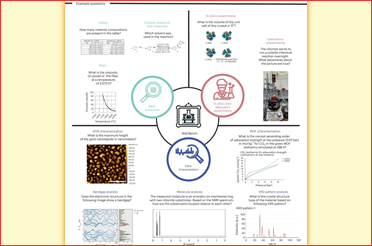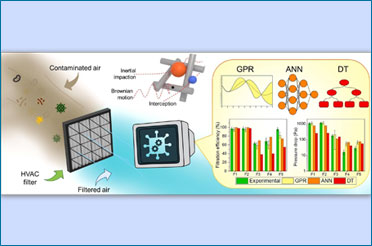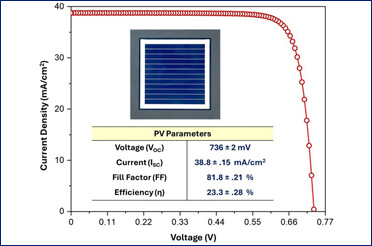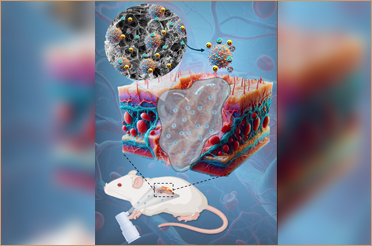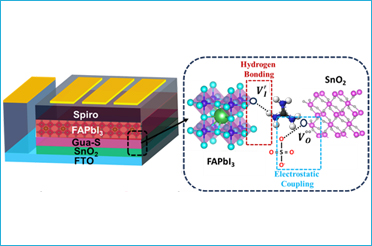Publish Date: June 16, 2025
Artificial Intelligence Transforming Meteorological Prediction Through Innovative Approaches, IIT Delhi Study Shows
Share this on

(Representational Image)
New Delhi: Two recent studies from the Indian Institute of Technology Delhi (IIT Delhi), published in the Journal of Geophysical Research: Machine Learning and Computation, have demonstrated how artificial intelligence is transforming meteorological prediction through innovative approaches to tropical cyclone tracking and monsoon forecasting.
A study, conducted by doctoral candidate K. M. Anirudh under the guidance of Professors Sandeep Sukumaran and Hariprasad Kodamana, achieved significant advances in monsoon prediction through the application of transformer neural networks. The research team trained their model on a quarter-century of high-resolution satellite precipitation data, enabling the system to accurately forecast monsoon intraseasonal oscillation patterns with an 18-day lead time.
This represents a substantial improvement over existing dynamical models while requiring dramatically fewer computational resources. The AI system's ability to reliably predict active and break phases of the monsoon could have profound implications for agricultural planning and water resource management across South Asia.
Research paper:
https://agupubs.onlinelibrary.wiley.com/doi/full/10.1029/2024JH000504
In another study, doctoral researcher Pankaj Lal Sahu, working under the same faculty advisors, conducted a comprehensive evaluation of four leading AI weather prediction systems. The research team compared the performance of GraphCast, PanguWeather, Aurora, and FourCastNet against conventional numerical weather prediction models.
The AI systems demonstrated remarkable capability in 96-hour cyclone track forecasting, maintaining positional accuracy within 200 kilometers while completing computations in seconds rather than hours. The Aurora model emerged as the top performer, with researchers attributing its superior performance to the system's transformer-based architecture and incorporation of diverse meteorological datasets.
Notably, these AI models successfully internalized complex atmospheric dynamics, including vorticity patterns and pressure gradients, without explicit programming of physical equations, achieving this through advanced machine learning techniques alone.
Research paper:
https://agupubs.onlinelibrary.wiley.com/doi/full/10.1029/2025JH000594
“The two studies collectively highlight the transformative potential of artificial intelligence in weather prediction. As extreme weather events become more frequent due to climate change, such AI-powered forecasting tools may prove indispensable for vulnerable communities worldwide,” said Prof. Hariprasad Kodamana, Chemical Engineering Department, IIT Delhi.
“By combining the accuracy of traditional physical models with the speed and efficiency of machine learning, these systems offer new possibilities for early warning and climate adaptation. The research underscores the importance of continued innovation in model architectures and training methodologies to further improve prediction capabilities while maintaining scientific rigor”, added Prof. Sandeep Sukumaran, Centre for Atmospheric Sciences, IIT Delhi.
******



